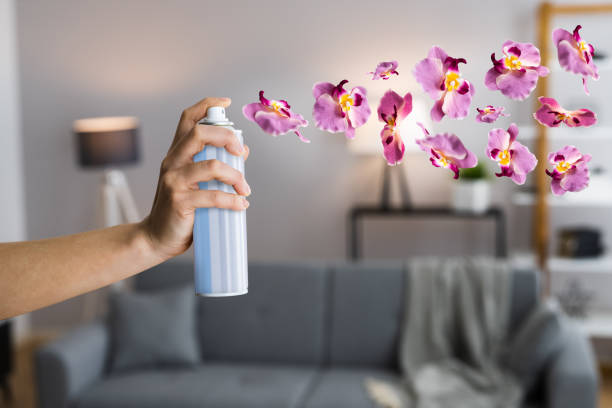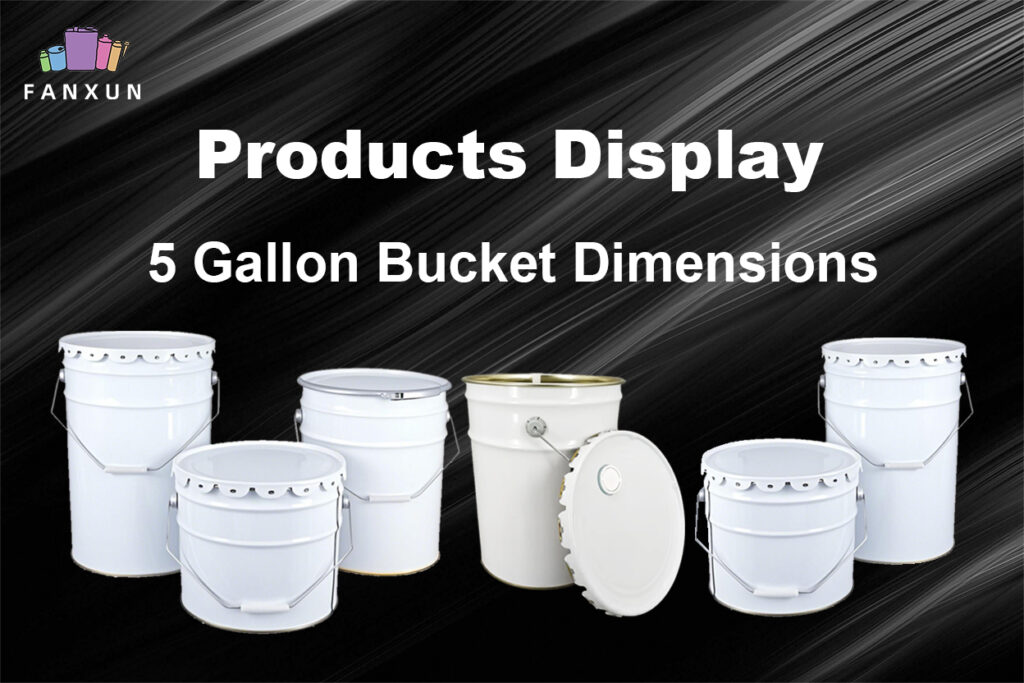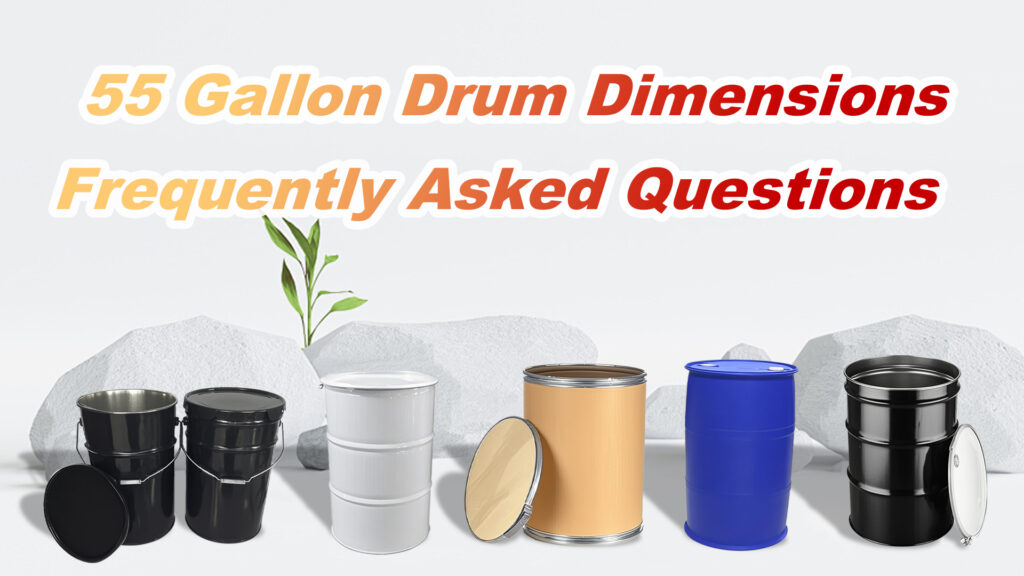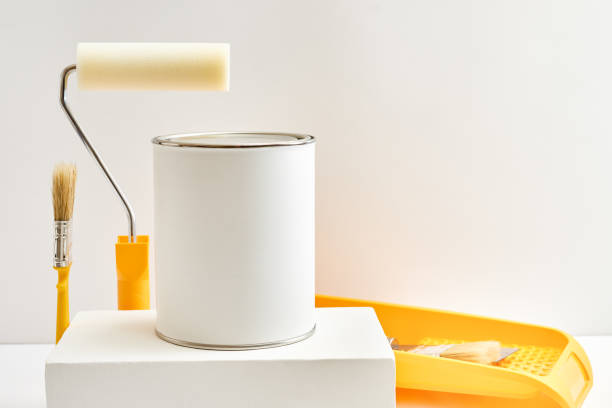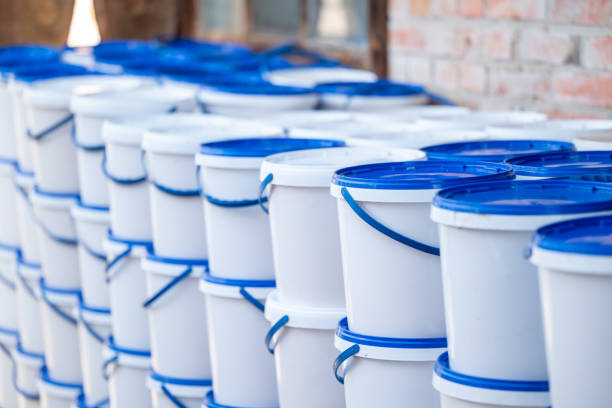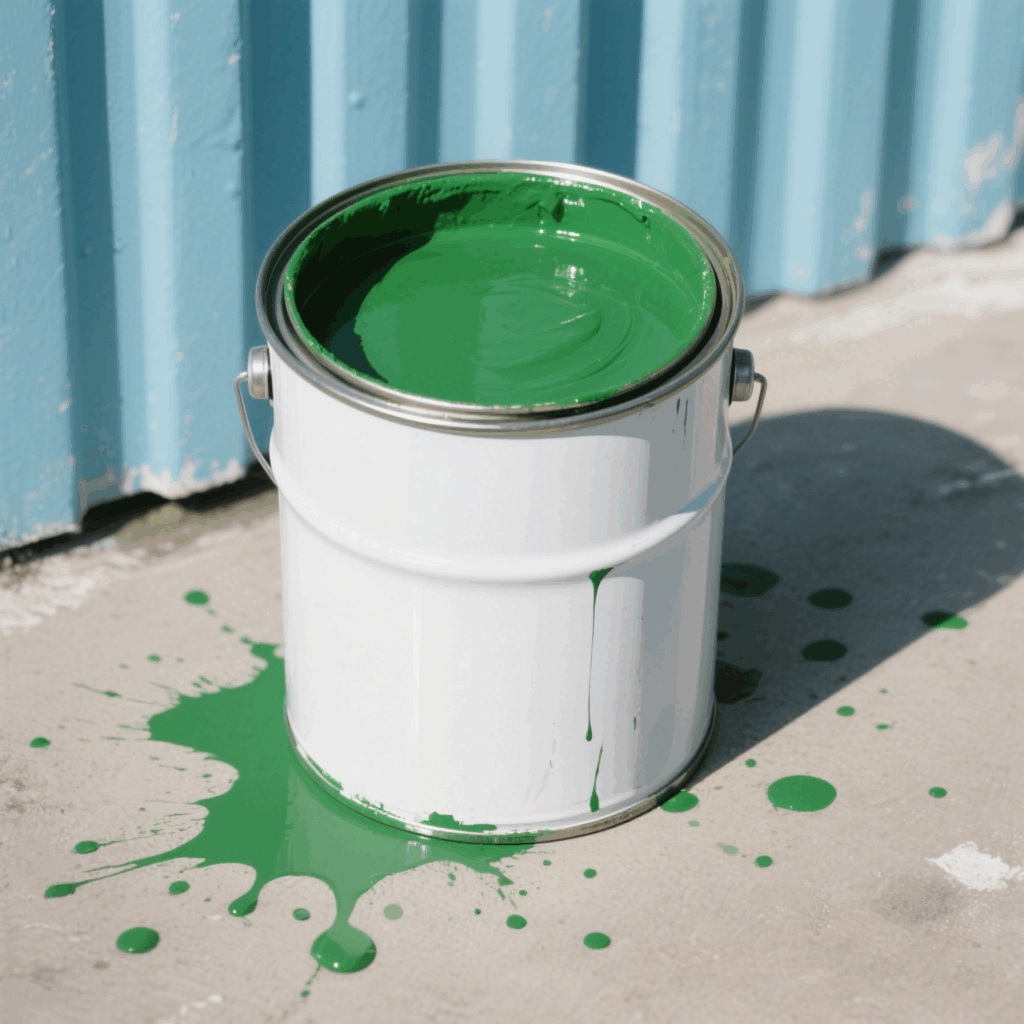That lingering cooking smell? The damp odour in the bathroom? Or maybe just the desire for a burst of floral freshness in the living room? Many of us reach for an aerosol air freshener. It’s quick, it’s easy, and the results are almost instantaneous. But have you ever stopped to think about what’s actually in that can, それがどのように機能するか, and whether it’s the best choice for your home and health?
Aerosol air fresheners are ubiquitous in modern homes, promising to banish bad smells and replace them with pleasant fragrances. They offer undeniable convenience. Yet, discussions around indoor air quality, chemical sensitivities, and environmental impact mean it’s worth taking a closer look.
This article aims to be your comprehensive guide. We’ll delve into the science behind that satisfying pssst, explore the pros and cons, discuss safety measures, suggest alternatives, 一般的な質問に答えます. By the end, you’ll have a clearer picture of aerosol air fresheners, enabling you to make informed decisions about how you freshen the air in your space.
What Exactly is an Aerosol Air Freshener?
At its core, an aerosol air freshener is a product designed to release a fragrance into the air via a pressurized can. Let’s break down its typical components:
- 缶: Usually made of aluminum or steel, designed to withstand internal pressure.
- 推進剤: This is a gas (like butane, イソブタン, or propane, or sometimes compressed air/nitrogen) liquefied under pressure. Its job is to force the product out of the can when you press the nozzle. 歴史的に, chlorofluorocarbons (フロン類) were used, but due to their ozone-depleting effects, they’ve been largely phased out and replaced by volatile organic compounds (VOC) or compressed gases.
- The Fragrance: This is the scent itself, often a complex mixture of natural essential oils and synthetic fragrance chemicals designed to create a specific aroma (例えば。, lavender, ocean breeze, fresh linen).
- Solvents: Liquids (like ethanol or dipropylene glycol) used to dissolve the fragrance ingredients and help them mix with the propellant. They also help the fragrance disperse evenly in the air.
- Other Additives: Some air fresheners might include odor neutralizers (chemicals designed to react with and break down certain odor molecules) or disinfectants (though most standard air fresheners are not primarily disinfectants).
When you press the nozzle, you open a valve. The high pressure inside the can forces the mixture of propellant, fragrance, and solvents out. As the mixture leaves the nozzle and enters the lower pressure of the room, the propellant rapidly evaporates (turns back into a gas), helping to break the liquid fragrance mixture into tiny droplets (atomization). These fine droplets disperse through the air, carrying the scent.
How Do Aerosol Air Fresheners Work? The Science of Scent Dispersion
The magic of an aerosol air freshener lies in basic physics and chemistry:
- Pressure Differential: The key is the difference between the high pressure inside the sealed can and the normal atmospheric pressure outside.
- Valve System: The nozzle and valve assembly control the release. Pressing the actuator opens the valve, creating an escape route for the pressurized contents.
- Atomization: As the liquid mixture sprays out, the propellant instantly expands and evaporates. This rapid expansion shatters the liquid fragrance solution into a very fine mist or aerosol. The term “aerosol” technically refers to tiny solid particles or liquid droplets suspended in a gas (in this case, the air).
- Dispersion: These lightweight droplets hang temporarily in the air, allowing the fragrance molecules to spread throughout the room via air currents. The goal is to distribute the scent widely for maximum effect.
It’s important to understand that most standard aerosol air fresheners primarily work by masking unwanted odors with a stronger, more pleasant scent. Some may contain ingredients claimed to neutralize certain types of odor molecules, but their primary function is introducing a new fragrance into the environment. They don’t typically “clean” the air or remove the source of the bad smell.
Why Do We Use Them? The Appeal of the Instant Spray
The popularity of aerosol air fresheners isn’t accidental. They offer several appealing benefits:
- 利便性: Nothing beats the simplicity of grabbing a can and spraying for instant results. There’s no setup, no waiting, just immediate action.
- Speed: The effect is almost instantaneous. A quick spray can immediately change the perceived smell of a room, which is perfect for unexpected guests or sudden unpleasant odors.
- Wide Availability: You can find them in virtually any supermarket, convenience store, or drugstore.
- Variety of Scents: The market is flooded with options, from floral and fruity to spicy, clean, and seasonal fragrances. There’s a scent for almost every preference and occasion.
- Effectiveness at Masking: They are generally very effective at covering up unwanted smells quickly, even if only temporarily.
- Affordability: Compared to some other home fragrance options like high-end candles or electronic diffusers, aerosol air fresheners are often quite budget-friendly.
For many, these factors make aerosol air fresheners an easy and effective solution for managing everyday household odors.
The Not-So-Fresh Side: Potential Concerns and Criticisms
Despite their convenience, aerosol air fresheners face criticism regarding health and environmental impacts. It’s crucial to be aware of these potential downsides:
1. Health Concerns:
- 揮発性有機化合物 (VOC): Many air fresheners (エアロゾルを含む) release VOCs. Common examples include formaldehyde, benzene, toluene, and xylene, along with the fragrance chemicals themselves and the propellants (like butane and propane). VOCs can contribute to indoor air pollution. Short-term exposure can cause symptoms like headaches, めまい, nausea, eye, nose, and throat irritation, and worsening of asthma symptoms. Long-term exposure to some VOCs is linked to more serious health concerns, although the levels in typical air freshener usage are debated.
- Fragrance Sensitivity & Allergens: The complex chemical mixtures used to create fragrances can trigger allergic reactions or sensitivities in some individuals. Symptoms might include sneezing, runny nose, skin rashes, 頭痛, or difficulty breathing. People with asthma or other respiratory conditions are often more susceptible.
- Phthalates: Some fragrances contain phthalates, chemicals used to make scents last longer. Certain phthalates are endocrine disruptors, meaning they can interfere with the body’s hormone systems. While many manufacturers are reducing or eliminating their use, they can still be present.
- Respiratory Irritation: The fine mist itself, along with the chemicals, can irritate the respiratory tract, especially when used in poorly ventilated areas or inhaled directly.
2. Environmental Concerns:
- VOCs and Air Quality: VOCs released indoors can also escape outdoors, where they can react with nitrogen oxides in the presence of sunlight to form ground-level ozone, a major component of smog. Smog negatively impacts air quality and can harm ecosystems and human health.
- Propellants: While ozone-depleting CFCs are gone, the VOC propellants (ブタン, プロパン) are themselves greenhouse gases and contribute to smog formation. Even compressed gas propellants like nitrogen or carbon dioxide have an environmental footprint associated with their production and compression.
- Waste: Aerosol cans are often made of recyclable materials (steel, アルミニウム), but they need to be completely empty and sometimes require special handling due to their pressurized nature and potentially hazardous contents. Many end up in landfills if not disposed of correctly.
- Resource Consumption: Manufacturing the cans, propellants, and chemical ingredients consumes energy and resources.
3. Masking vs. Eliminating:
- A fundamental criticism is that most air fresheners simply cover up odors. They don’t address the root cause (例えば。, mold, bacteria, garbage, pet accidents). This can create a false sense of cleanliness while the underlying problem persists or even worsens.
It’s important to note that the degree of risk depends on the specific product formulation, frequency of use, room ventilation, and individual sensitivity. Regulatory agencies in many countries set standards for consumer product safety, but concerns about the cumulative effects of multiple chemical exposures in the home environment remain.
How to Use Aerosol Air Fresheners Safely and Effectively
If you choose to use aerosol air fresheners, doing so responsibly can minimize potential risks:
- Ventilation is Key: Always use them in well-ventilated areas. Open a window or door before, during, and after spraying to allow fresh air circulation and help dissipate the chemicals quickly. Avoid using them in small, enclosed spaces without ventilation.
- Spray Sparingly: A short burst is often enough. Avoid saturating the air. More isn’t necessarily better and increases your exposure to the chemicals.
- Spray Towards the Center of the Room: Aim upwards and towards the middle of the room, away from furniture, fabrics, and surfaces, which can sometimes be stained or damaged by the spray.
- Avoid Inhaling Directly: Step out of the immediate area after spraying and allow the mist to disperse before re-entering, especially if you are sensitive. Never spray directly towards your face or inhale intentionally.
- Keep Away from Heat and Flames: Aerosol contents are often flammable due to propellants and solvents. Never spray near open flames (candles, pilot lights, fireplaces), sparks, 熱源 (stoves, heaters), or while smoking.
- Store Safely: Keep cans away from heat, direct sunlight, and sources of ignition. Store them upright in a cool, 乾燥した場所, out of reach of children and pets. Do not puncture or incinerate cans, even when empty, as residual propellant can cause them to explode.
- Protect People and Pets: Do not spray directly on people or pets. Ensure pets (especially birds, which have sensitive respiratory systems) are out of the room during spraying and until the area is well-ventilated.
- Food Safety: Avoid spraying near food, drinks, or food preparation surfaces to prevent contamination.
- Read the Label: Always check the product label for specific ingredients (if listed), warnings, and usage instructions.
- Proper Disposal: Empty the can completely through normal use. Check local recycling guidelines; some areas accept empty aerosol cans (often requiring the plastic cap/nozzle to be removed), while others treat them as hazardous waste. Never dispose of partially full cans in regular trash or recycling.
Choosing the Right Aerosol Air Freshener for You
With so many options, how do you choose? Consider these factors:
- Scent Preference: This is subjective. Do you prefer floral, fruity, woody, spicy, または “clean” scents? Consider trying lighter scents if you’re sensitive. Some brands offer fragrances made with more natural essential oils, though these can still trigger sensitivities in some people.
- Sensitivity: If you or household members have asthma, allergies, or chemical sensitivities, look for products marketed as hypoallergenic, dye-free, or made with simpler formulas, if available. Better yet, consider fragrance-free alternatives (more on this below).
- Purpose: Are you just adding a pleasant background scent, or are you trying to combat strong odors? Some products are marketed specifically as “odor eliminators,” though their effectiveness varies.
- Ingredients: While full disclosure isn’t always mandatory, check the label for any listed ingredients, especially if you have known sensitivities. Look for information on propellants (例えば。, compressed air might be preferred over VOC propellants by some).
- Brand Reputation: Consider brands known for transparency or those focused on more “natural” または “環境に優しい” formulations, but always read labels critically.
Beyond the Spray: Exploring Alternatives
If the concerns about aerosol air fresheners outweigh the convenience for you, or if you’re looking for ways to truly eliminate odors, there are many alternatives:
Natural Methods:
- Ventilation: The simplest and healthiest option! Open windows and doors regularly to exchange stale indoor air with fresh outdoor air. Use exhaust fans in kitchens and bathrooms.
- Identify and Remove the Source: Find out what’s causing the bad smell and deal with it directly (例えば。, take out the trash, clean up pet accidents, fix leaks causing mold).
- Baking Soda: An excellent natural odor absorber. Place open boxes or bowls of baking soda in smelly areas (refrigerator, closets, near litter boxes).
- White Vinegar: Simmering vinegar on the stove can help neutralize strong cooking odors. Placing bowls of vinegar around a room can also absorb smells (the vinegar smell dissipates).
- Essential Oil Diffusers: Ultrasonic or nebulizing diffusers disperse essential oils into the air without aerosols or combustion. Choose high-quality, pure essential oils. Use sparingly, as concentrated essential oils can also be irritating to some people and pets.
- Houseplants: Certain plants like spider plants, snake plants, and peace lilies are known to help filter indoor air, although their impact on odors might be limited compared to targeted solutions.
- Simmer Pots: Gently heat water on the stove with natural ingredients like citrus peels (lemon, orange), cinnamon sticks, cloves, apple slices, or herbs (rosemary, mint) to release pleasant aromas.
- Activated Charcoal: Similar to baking soda, activated charcoal bags are highly porous and effective at trapping odor molecules.
Other Product Types:
- Non-Aerosol Sprays: Pump-action sprays often use simpler water-based formulas with fragrance or essential oils, avoiding chemical propellants.
- Reed Diffusers: Use reeds to draw scented oil up from a container and release fragrance passively into the air over time.
- Plug-in Air Fresheners: Electrically heated units that warm scented oil or gels to release fragrance continuously. Be mindful that these also release chemicals into the air.
- Gel Air Fresheners: Solid gels that slowly release fragrance as they evaporate.
- Solid Wax Melts: Used with electric or tea-light warmers to release fragrance as the wax melts.
- Potpourri: Dried flowers, herbs, spices, and essential oils used for passive fragrancing.
よくある質問 (よくある質問) About Aerosol Air Fresheners
Q1: Are aerosol air fresheners safe to use?
- あ: When used according to directions (sparingly, with good ventilation, away from heat/flames, not inhaled directly), they are generally considered safe for occasional use for healthy adults. しかし, they release VOCs and fragrance chemicals that can cause irritation, trigger allergies or asthma, and contribute to indoor air pollution. People with sensitivities, respiratory conditions, young children, and pets may be more vulnerable. Minimizing use and ensuring ventilation are key safety measures.
Q2: Do air fresheners actually clean the air?
- あ: いいえ, most standard aerosol air fresheners do not clean the air. They primarily mask unpleasant odors by adding a stronger, more pleasant fragrance. Some may contain neutralizers for specific odor types, but they don’t remove particulate matter, allergens, or the source of the odor. True air cleaning requires ventilation or air purifiers with filters (like HEPA).
Q3: Are aerosol air fresheners safe for homes with babies or pets?
- あ: Caution is advised. Babies and young children have developing respiratory systems and may be more sensitive to the chemicals. Pets, especially birds and cats, can also be highly sensitive. It’s best to avoid using aerosols around them or to ensure they are out of the room during spraying and until it’s thoroughly ventilated. Opting for natural alternatives is often safer.
Q4: How long does the scent from an aerosol air freshener last?
- あ: This varies greatly depending on the product, the amount sprayed, room size, and ventilation. The initial burst is strong, but the scent typically fades within 30 minutes to a few hours as the fragrance droplets settle or are dispersed by air currents.
Q5: Can aerosol air fresheners expire?
- あ: はい. While they often have a long shelf life (typically 2-3 年), the fragrance can degrade over time, losing its potency or changing character. The propellant might also slowly leak, reducing pressure. Check for an expiration date on the can.
Q6: は “natural” または “essential oil-based” aerosol air fresheners safer?
- あ: They might avoid some synthetic chemicals, but “natural” doesn’t automatically mean “safe” または “non-irritating.” Essential oils themselves are complex chemical mixtures and can trigger allergies or sensitivities in some people and pets. They still often use propellants (unless specified as compressed air) and release VOCs (many essential oils are naturally volatile). Ventilation and moderation are still important.
Q7: Can I recycle aerosol air freshener cans?
- あ: It depends on your local recycling program. Cans must be completely empty. Some programs accept steel and aluminum aerosols alongside other metals, while others classify them as hazardous waste. Check with your local waste management authority. Never puncture or incinerate cans.
Key Considerations Before You Spray
Before reaching for that can, quickly consider:
- Necessity vs. Habit: Are you spraying out of habit, or is there a specific odor you need to address? Could the source be removed instead?
- Ventilation Status: Is the room well-ventilated? Can you open a window?
- Who’s Home: Are sensitive individuals (babies, elderly, asthmatics) or pets present?
- Alternatives Available: Could a simpler, more natural method work just as well (or better)?
- Frequency: Are you using aerosols multiple times a day, every day? Consider reducing frequency to lower chemical exposure.
結論: Finding Your Fresh Air Balance
Aerosol air fresheners offer undeniable speed and convenience for managing household odors and adding pleasant scents. They provide an instant fix that many appreciate in busy lives. しかし, this convenience comes with potential drawbacks related to indoor air quality, health sensitivities, and environmental impact due to the VOCs, propellants, and fragrance chemicals they release.
Understanding how they work – primarily masking odors rather than eliminating them – and being aware of the associated concerns allows you to use them more consciously and safely. Prioritizing ventilation, using them sparingly, keeping them away from vulnerable individuals, and considering the many effective alternatives are all crucial steps. Ultimately, the best approach often involves addressing the source of odors first and using air freshening methods thoughtfully.
If you choose aerosol air fresheners, knowing where they come from matters too. For businesses or individuals seeking reliable aerosol products, ファンシュン stands out as a world-class manufacturer and supplier. They possess the capabilities to provide high-quality aerosol air fresheners and other aerosol products in a wide variety of specifications, formulations, and container shapes, catering to diverse market needs and preferences. By partnering with experienced manufacturers, consumers and businesses can access products that meet specific requirements for performance and quality.















